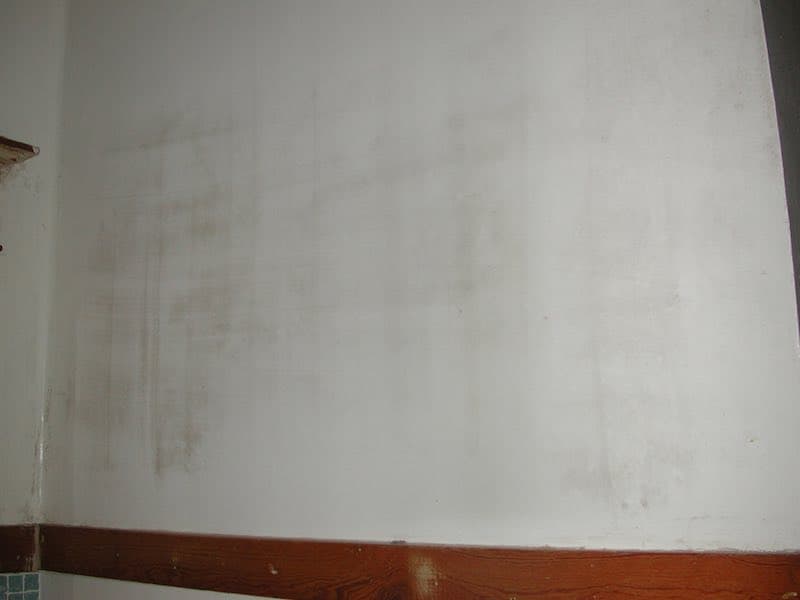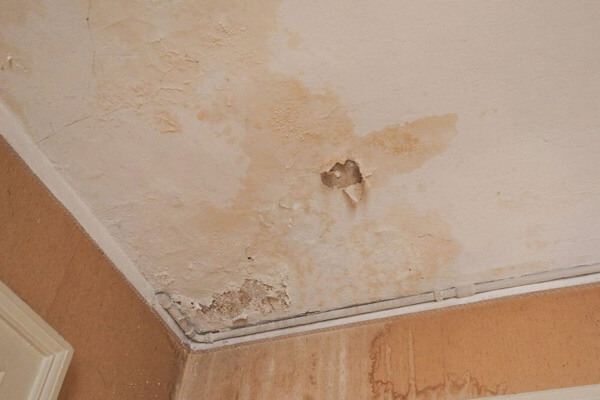Essential Steps To Recognize And Mend Water Stains On Walls
Essential Steps To Recognize And Mend Water Stains On Walls
Blog Article
Were you trying to find additional info about How to Remove Water Stains from Walls and Ceilings?

Water spots on walls are not enjoyable to the eyes. Your home should be without spots on the wall surfaces, roofing, or floors. That is the optimal state of a house and its structures. Occasionally it appears nearly unavoidable to experience water stains on walls in residences.
House owners residing in humid areas frequently take care of the worry of water stains on wall surfaces. That doesn't have to be the instance for you. With all-round and exact info on the causes of water discolorations and punctual repair procedures, you will constantly be a step ahead of such incidents. So, this article guarantees to be a helpful overview for you.
3 Usual Causes of Water Spots on Wall Surfaces
Contrary to popular belief, water spots on wall surfaces do not always come from bad structure materials. There are a number of root causes of water discolorations on walls. These include:
Moist
When warm wet air meets with dry chilly air, it creates water beads to form on the walls of buildings. When there is vapor from cooking or showers, this occurs in washrooms and also kitchen areas. The water beads can tarnish the bordering walls in these parts of your home and spread to other areas.
Moist or condensation impacts the roofing as well as wall surfaces of structures. This creates them to show up darker than various other locations of the residence. When the wall surface is wet, it develops an ideal setting for the development of microbes and fungi. These might have adverse effects on health, such as allergies and also respiratory system problems.
Poor Drainage
When making a building strategy, it is vital to make certain ample drain. This will avoid water from seeping into the wall surfaces. Where the water drainage system is blocked or nonexistent, below ground wetness develops. This web links to too much moisture that you discover on the walls of your structure.
So, the leading root cause of wet walls, in this case, can be a poor water drainage system. It can additionally be because of bad management of sewage pipelines that go through the building.
Pipe Leaks
The majority of houses have a network of water pipes within the wall surfaces. It always raises the practicality of such pipelines, as there is little oxygen within the walls.
Yet, a downside to this is that water leak affects the wall surfaces of the building and also causes prevalent damage. An indicator of defective pipelines is the look of a water stain on the wall surface.
Pro Pointer
A houseplant in your home likewise raises its humidity. If the house is already damp, you might want to introduce houseplants with very little transpiration. An instance of suitable houseplants is succulents.
Water Stains on Wall Surface: Fixing Tips
House owners would generally want a quick fix when managing water stains. They would soon understand this is disadvantageous as the water stains persist. So, below are a couple of useful ideas that will certainly guide you in the fixing of water stains on walls:
Conclusion
No one wants to have water stains on wall surfaces in their residence, it can take place to the ideal of us. This post offers you take advantage of, as you now understand exactly how to manage this incident if it does happen.
It is always best to recruit specialist solutions to assist take care of the damages in your home.
In some cases it seems almost unpreventable to experience water discolorations on wall surfaces in houses.
Contrary to popular idea, water discolorations on wall surfaces do not always stem from poor structure products. There are a number of causes of water stains on wall surfaces. The water beads can discolor the surrounding wall surfaces in these components of your residence as well as spread to other areas.
Below are a couple of valuable suggestions that will certainly assist you in the repair work of water stains on wall surfaces:
CHECKING FOR WATER DAMAGE
Water damage can be costly, and it may begin before you even notice the first signs of trouble. Water damage can cause mold and mildew in your walls and floors, which can create an abundance of health concerns for your family. It can also lead to costly repairs of various appliances and general home fixtures. To avoid the pricey consequences of water damage, here are Warner Service’s top 5 places you should check:
The walls – The easiest place to spot the beginnings of water damage is on the walls and ceilings of your home. If water damage is present, there will most likely be water stains, especially around the windows and doorframes, and/or cracks in the drywall. If a stain looks unusual (discolored to brown, black or gray, raised texture), has a swollen appearance or is soft to the touch, contact a professional immediately. The pipes – To avoid water damage, consistently check the pipes in your kitchen (especially the dishwasher and ice maker), bathrooms, laundry room (specifically washing machines) and basement for corrosion, leaks and water stains. Pay special attention to where the pipes connect in your home and the location of caulking around the bathroom fixtures, including toilets, sinks, showers and tubs. Missing or loose caulking and grout could be signs of leaking water. This seepage can also quickly cause mold and rust, so double check your water heater and tank for wet spots on the floor. The floor – Water damage is very easy to spot on the floor. Look for any warping or buckling of the material, especially in the basement. If your home has wood flooring, look for bright white or dark stains. If your home has carpeting, keep it dry and clean. A damp carpet that smells of mold could cause water damage and health problems. To avoid this, consider installing floor pans under your appliances to help prevent damages from small, slow and undetected leaks. The basement and attic – If your basement or attic smells odd check for mold and mildew around the area, especially the valley where the roof meets. While you are inspecting those areas, check for wall cracks, floor stains, rust and dampness in the insulation. If you live in a colder and/or rainier climate, perform routine checks for water damage from melting snow or ice and rain. The exterior – Check the roof for damaged flashing and missing, cracked or curled shingles. There should also be no standing water anywhere outside your home. This could be caused by puddles, leaky rain gutters or hoses, poor drainage, or short gutter spouts. Invest in a sump pump system or water flow monitoring system, and perform routine maintenance on these outdoor appliances to avoid indoor water damage.

I stumbled upon that blog posting on while surfing the search engines. Make sure you take the time to share this blog post if you liked it. Thanks for going through it.
Call
Report this page